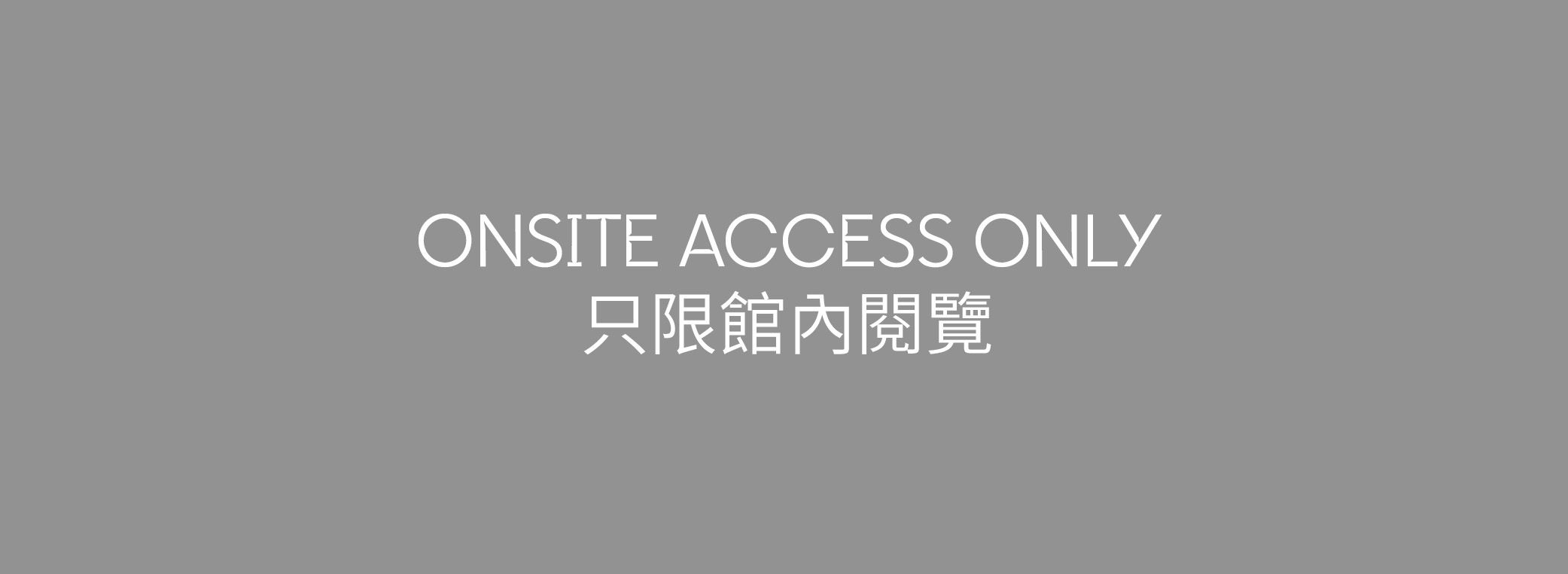Search
Mrinalini Mukherjee Archive

1 Document
19 Oct 1935
Letter to Benode Behari Mukherjee, 19 October 1935
Benodebehari MUKHERJEE, বিনোদ বিহারী মুখার্জি19 Oct 1935

1 Document
Letter from the Principal, Welham Preparatory School to Leela Mukherjee, 1 August 1953
1 Aug 1953
1 Document
Letter from Principal, Welham Preparatory School to Leela Mukherjee, 12 August 1953
12 Aug 1953
1 Document
Letter from the Principal, Welham Preparatory School to Leela Mukherjee, 18 August 1953
18 Aug 1953
1 Document
1 Sep 1954
Letter from Benode Behari Mukherjee to Leela Mukherjee, 1 September 1954
Benodebehari MUKHERJEE, বিনোদ বিহারী মুখার্জি1 Sep 1954

1 Document
15 Sep 1954
Letter from Benode Behari Mukherjee to Leela Mukherjee, 15 September 1954
Benodebehari MUKHERJEE, বিনোদ বিহারী মুখার্জি15 Sep 1954







